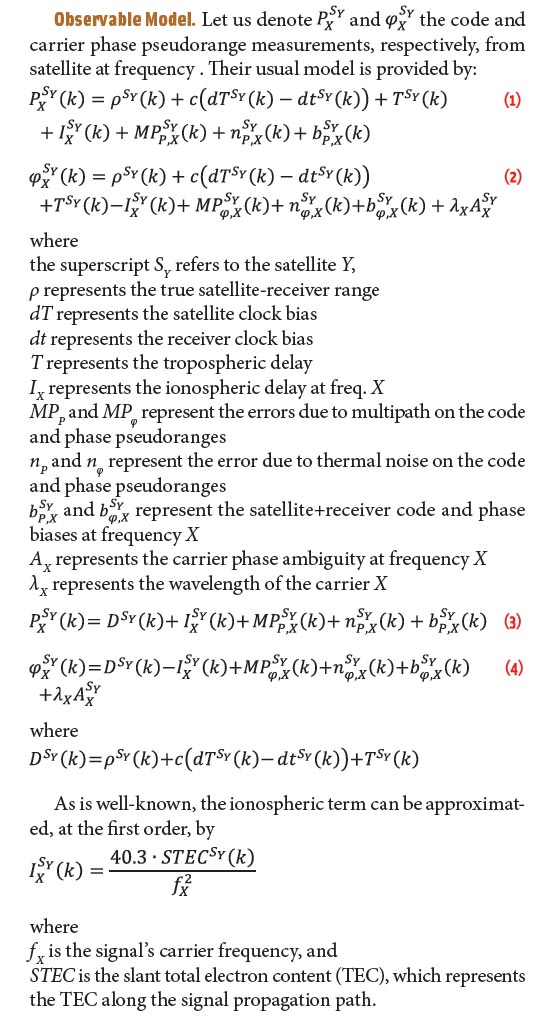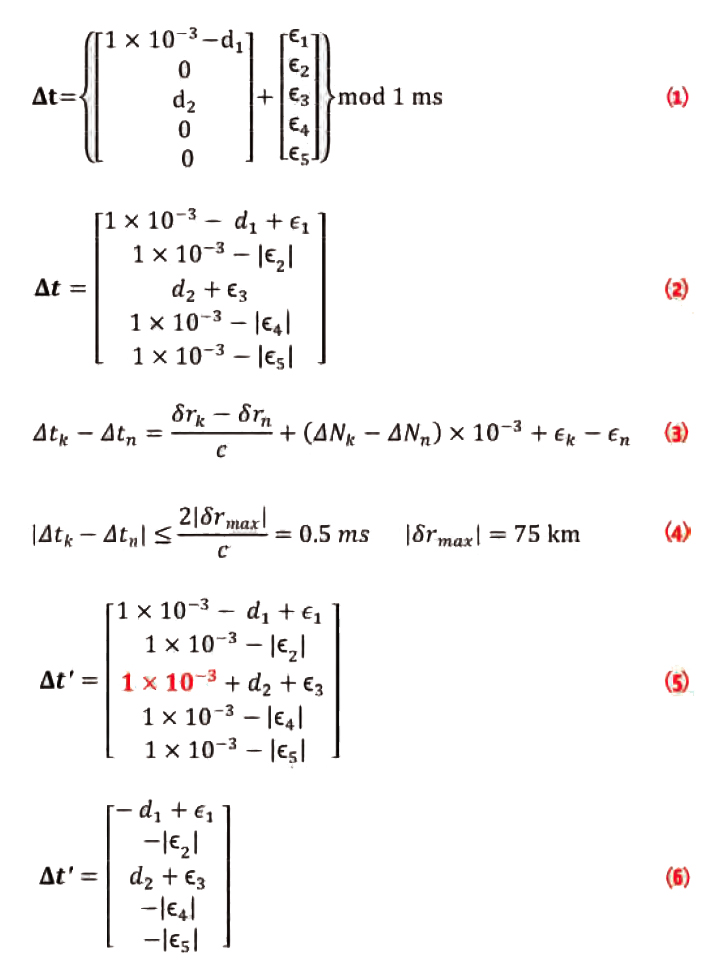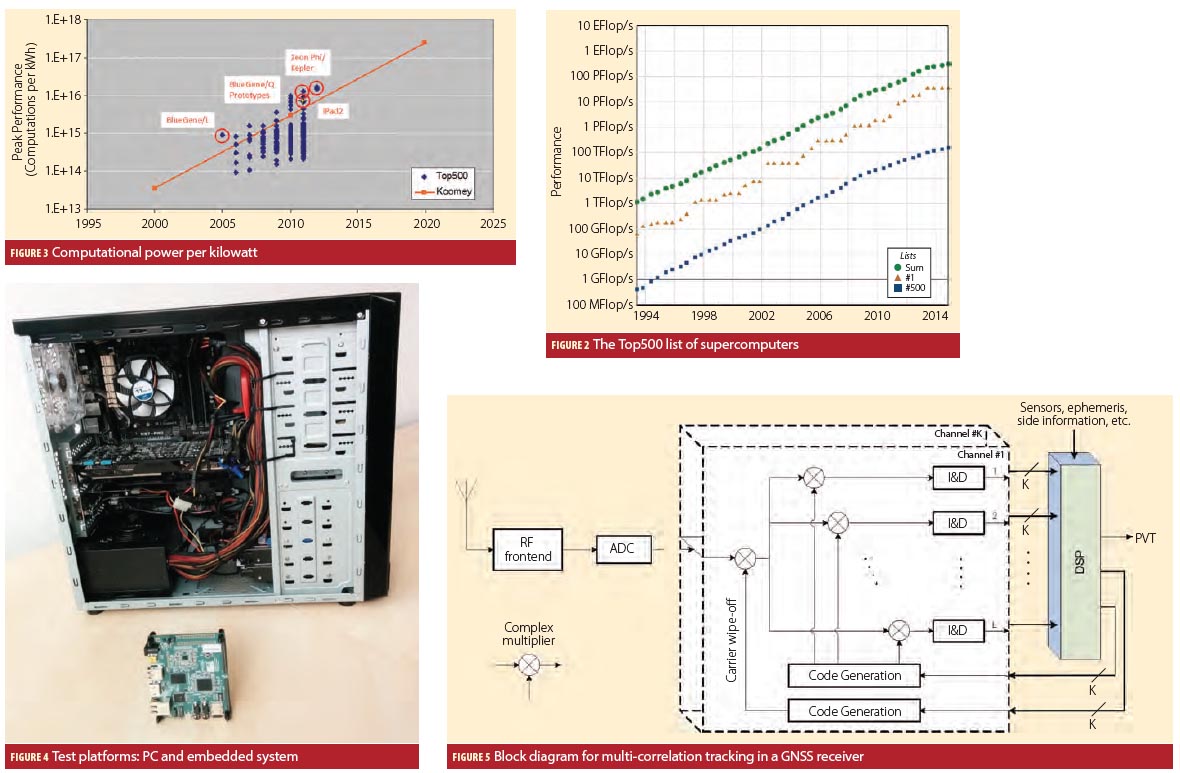Same Issues, Fierce Debate as LightSquared Bankruptcy Ends; GPS Spectrum Battle Reappears
After three years in Chapter 11, the company whose planned wireless broadband system threatened to overload GPS receivers across the United States is preparing to emerge from bankruptcy.
By Dee Ann Divis










